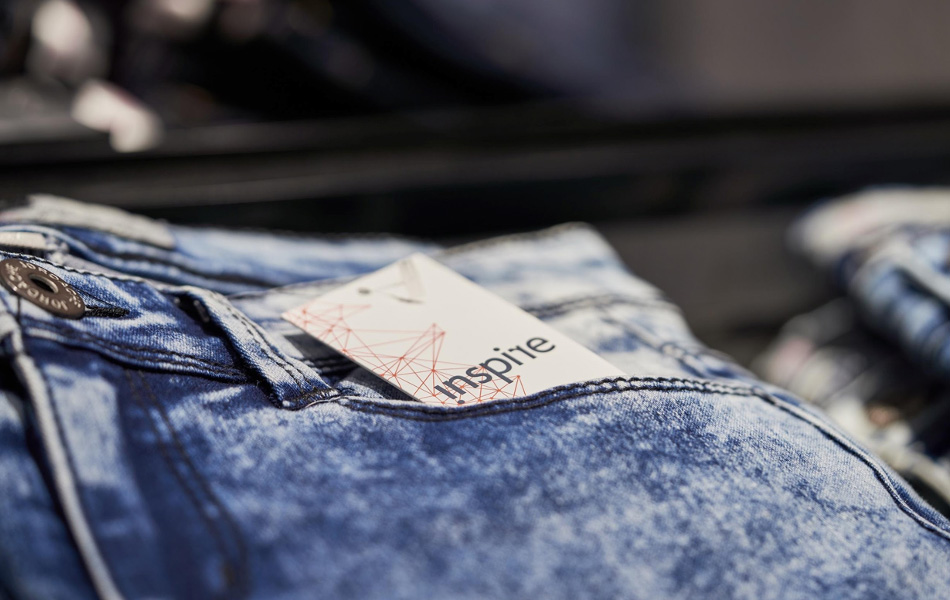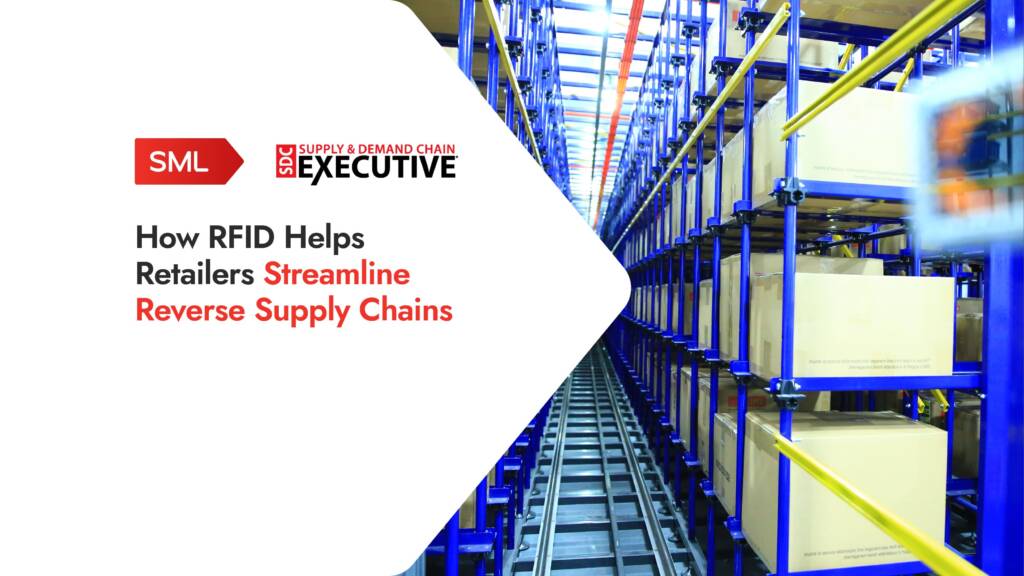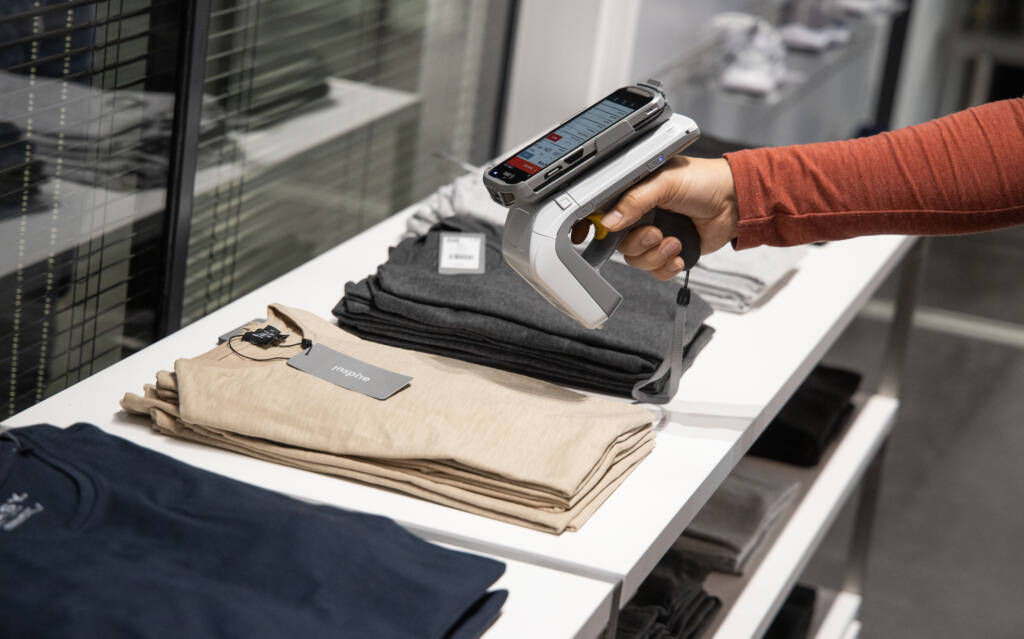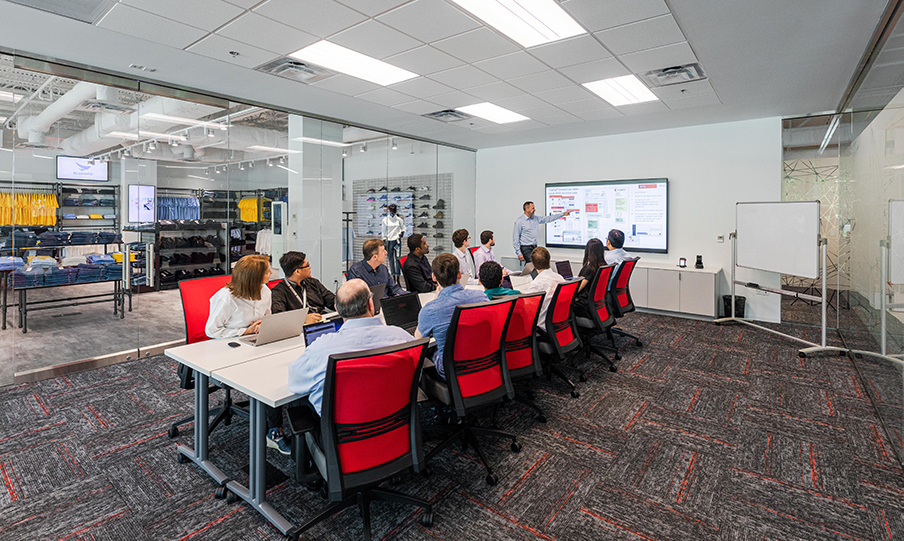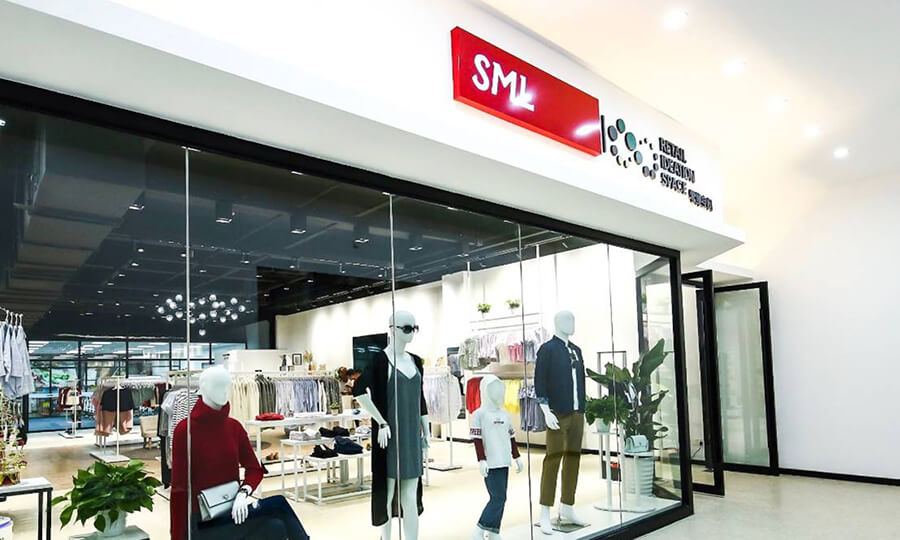RFID and the Multi-Billion Dollar Returns Dilemma
Online shopping has surged in recent years, but the pandemic was an undeniable catalyst that led many consumers to shop from the comfort of their own homes like never before. E-commerce grew significantly, fuelled by quarantine measures combined with many non-essential retailers closing their physical stores. However, as online shopping soared, so did returns and the corresponding operational and logistical challenges associated with returned items.
Pre-pandemic online orders typically yielded return rates between 15 and 40%. Yet, with increased percentages of retail sales taking place online within the past two years, the industry can expect to see an even higher number of returned items. According to the National Retail Federation, returns in 2021 jumped to an average of 16.6% from 10.6% the previous year. What’s more, it’s estimated that this drastic increase in returns will mean that retailers can expect more than $761 billion worth of merchandise to make its way back to shop floors and warehouses.
While retail faces a multitude of external challenges presented by COVID-19, economic uncertainties, and shifting consumer behaviours, many industry experts and analysts also recognize the implications of a rising returns dilemma. Earlier this year, SML commented on the noticeable number of brands and vendors at NRF 2022, who were focused on making returns more sustainable and efficient.
Returns are an inevitable part of retail, but with increasing return rates now is the time for retailers and brand owners to evaluate ways to make returns more efficient and drastically reduce their losses.
Streamlining the Returns Process
One particular reason why returns are so costly to retailers is that their returns process is often slow and outdated. When a product is returned, it goes through several stages before the item can be re-sold. It can take weeks or even months before a product finds its way back to the shop floor from transport, cleaning, re-packaging, and re-stocking. The returns process can be so inefficient that according to research from Gartner, less than half of items that make it back to stores are re-sold at full price.
Retailers can utilize item-level RFID technology to transform their return operation at its very core. RFID can enable retailers to effectively track inventory through their reverse supply chain and help them eliminate the time spent manually processing returns. As a result of eliminating these manual processes, items can find their way to the shop floor much quicker, increasing the possibility of selling the items at full price and reducing the labour required to process returned items in their supply chains.
Retailers can take measures to ensure that losses from returns are significantly reduced. Prioritizing that initiative is more important to profitability than ever before due to increasing return rates from omnichannel and e-commerce sales.
To find out more about how item-level RFID can streamline your returns process, contact info@sml-rfid.com


